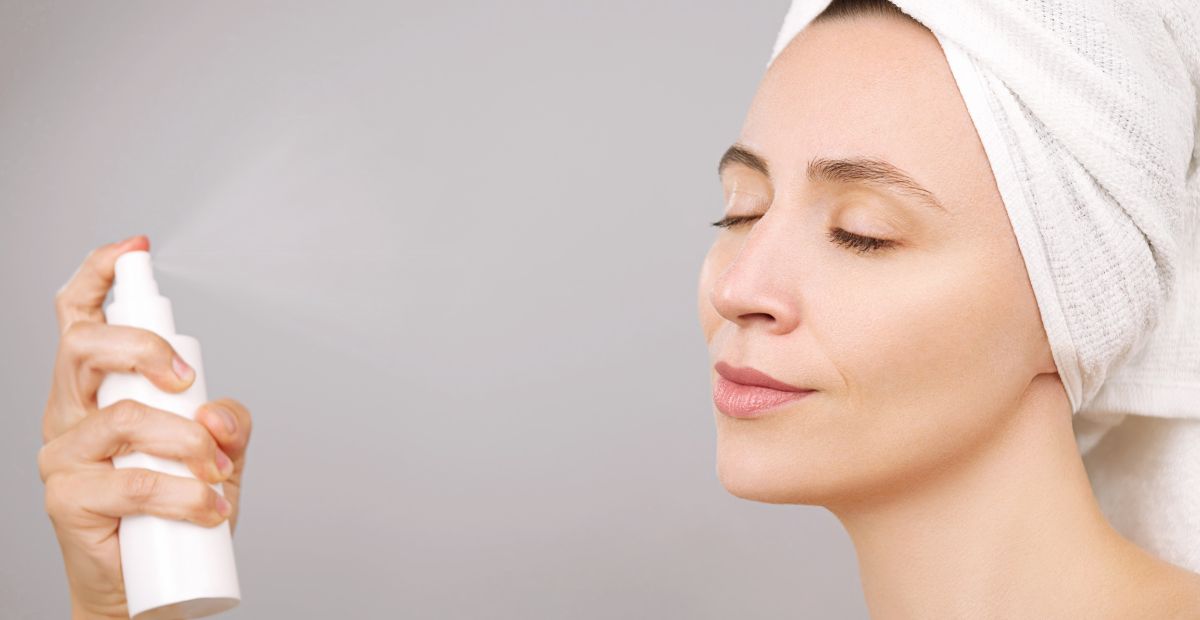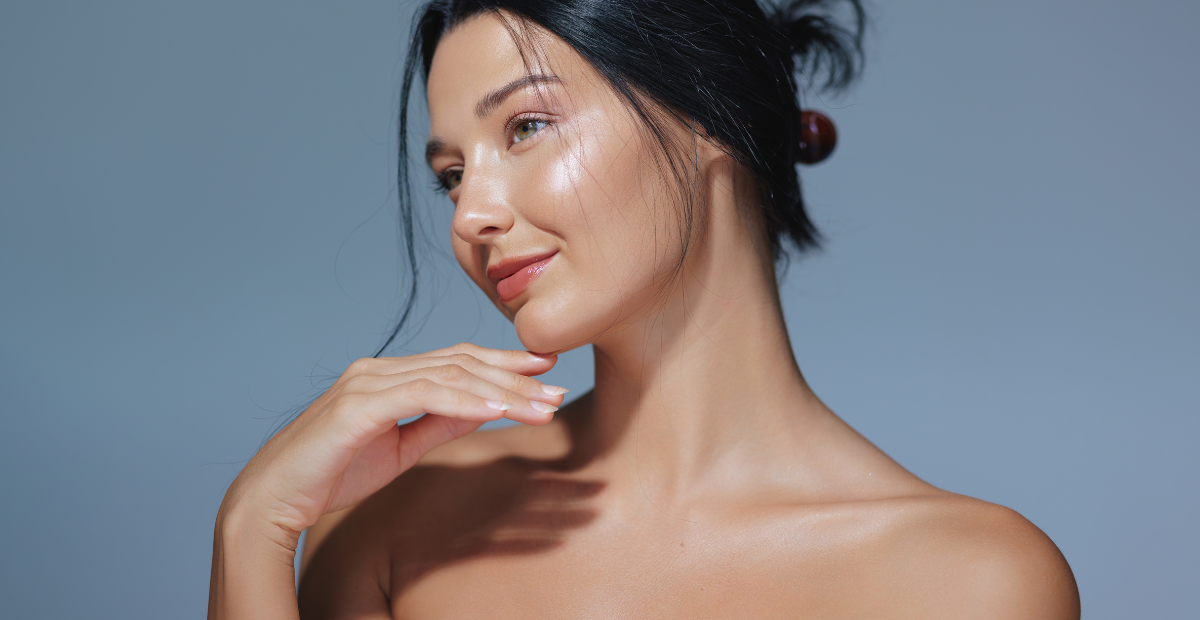How to Prevent Chafing for Good: A 5-Step Guide
Onskin Content Team
Your guides through the skincare chaos
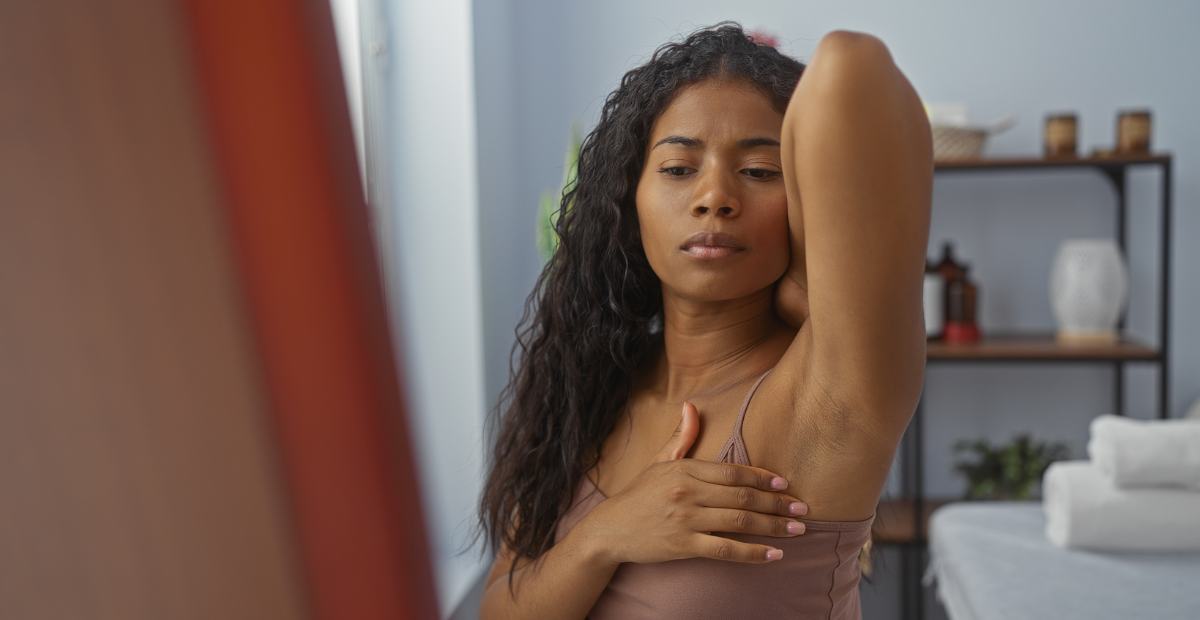
If an upcoming workout makes you fear a different, non-exercise-related kind of soreness, you might be among the many people who want to know how to prevent chafing and, if possible, get rid of the issue for good.
A little too much sweat and friction doesn’t automatically equal irritated skin, but they can definitely contribute to creating the environment where chafing is likely to happen. The good news is, there are several small but effective ways to prevent chafing from ruining your day.
Let’s talk about the easiest and most effective ones, step by step.
Step 1: Know how chafing happens
To stop chafing, you should first understand what you’re up against. First, know that chafing isn’t a sign that something is wrong with you. It’s different from an allergic reaction or a flare-up of a skin condition such as eczema.
It’s pure physics. When two surfaces rub together with enough force and moisture between them, heat and irritation inevitably happen. Your inner thighs, groin, armpits, the area under the breasts, and buttocks are most likely to be affected.
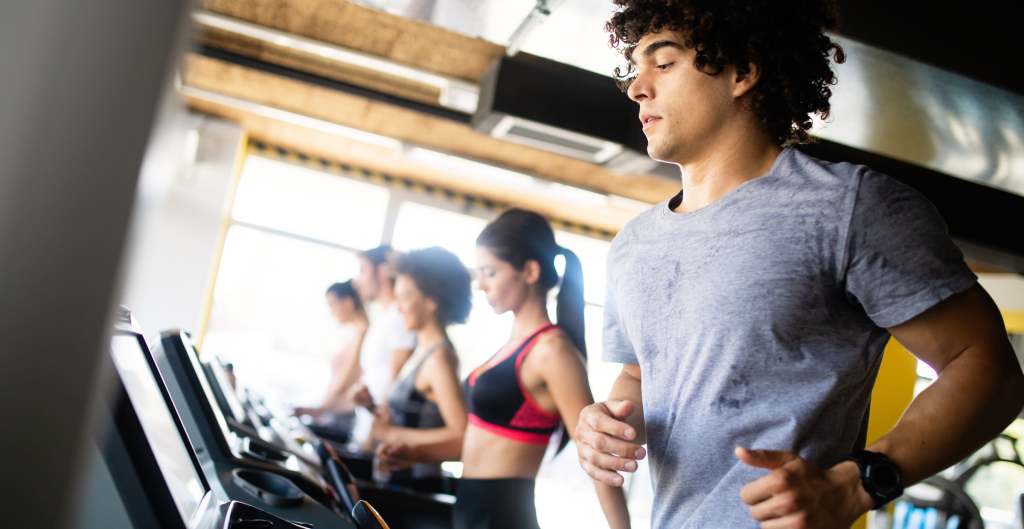
Moisture is the main culprit or, at the very least, a major accomplice in the crime of chafing—the hotter it gets, the more likely it is to affect your skin barrier. Think about it: sweat, humidity, or even water from a pool can make your skin stickier. The tackier the surface, the more resistance there is with every movement, which amplifies the friction. This is why chafing is worse on humid days or during intense, sweaty activities.
This means that if you want to figure out how to prevent chafing, you must first tackle the issue of unwanted moisture appearing in the places you don’t want it to appear.
Step 2: Choose the right clothing
What you wear plays a huge role in chafing prevention. The right outfit can be the difference between a soreness-free day and a painful one.
If you’re planning to be active, the rule of thumb is to opt for smooth fabrics that draw sweat away from your skin, such as polyester and nylon. They pull the moisture away from your skin to the outer surface of the fabric, where it can evaporate—this keeps you drier and reduces that sticky friction.
Cotton might be a more comfortable option for lounging, but there’s a reason it’s not a popular choice for athletic wear. It absorbs and then holds the sweat against your skin, becoming heavy, rough, and abrasive.

Better save those comfy cotton pants for a relaxing evening where you don’t plan on moving too much.
Another important detail: the fit. You won’t go far in figuring out how to prevent chafing without realizing that your clothes might worsen the situation if they don’t fit your body. Harsh seams and elastic bands that dig and rub can and will leave marks on your skin and cause irritation.
Step 3: Use anti-chafing products
Even with the perfect outfit on, sometimes you need an extra layer of protection. This is where anti-chafing products come into play. If you’re looking into how to prevent chafing from happening on your thighs or armpits, or any other areas, some of these easily available day-to-day products are your best friends.
But how do those anti-chafing products work?
They’re designed to create a slick, often waterproof barrier on the surface of your skin, reducing the friction and allowing the skin or fabric to glide smoothly rather than rub.
Let’s look at some examples.
Corticosteroid creams
Corticosteroid creams are popular among athletes who deal with chafing and soreness all the time. These creams alleviate inflammation, swelling, and itching, allowing the affected area to heal faster.
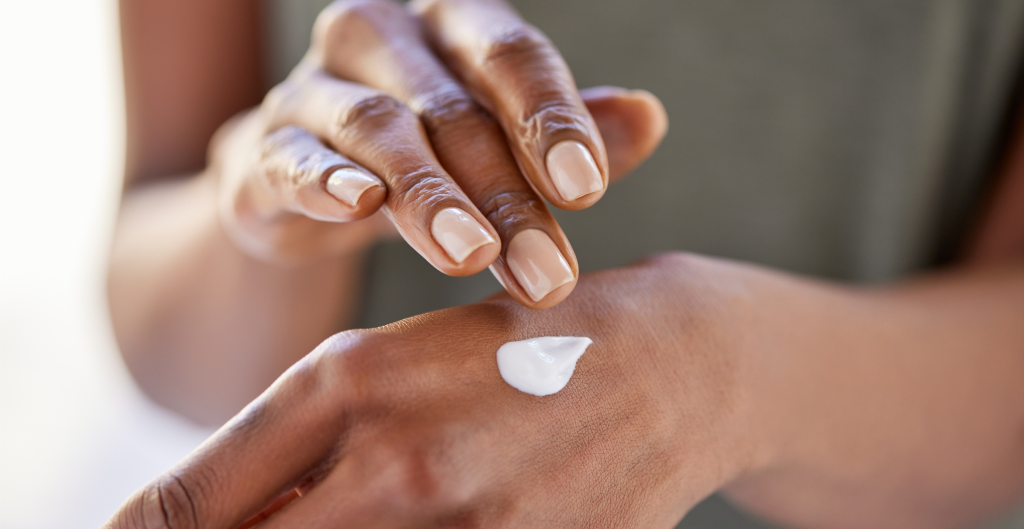
Petroleum jelly and dimethicone
Yes, it all comes back to Vaseline. The chances of you not having it in your house are significantly lower than the opposite, so this product might actually be the top pick for you. Petroleum jelly can not only reduce friction by creating a protective barrier on the skin, but also keep the area moisturized and prevent dryness.
Dimethicone products work similarly, although they’re lighter in texture and are harder to sweat off during exercise. Whichever one you have on hand can help you avoid irritation and soreness.
Anti-chafe powders
Powders usually use talc (or corn starch) and zinc oxide. Both ingredients play a role in helping prevent chafing. Talc helps with moisture absorption, and zinc oxide soothes inflammation and protects the skin. Just keep in mind that with a lot of sweat, powders can clump, so if you plan to move around a lot, you’re better off with a dedicated anti-chafing balm.
Step 4: Adopt smart habits
Beyond what you wear and put on your skin, your daily habits are powerful tools for chafing prevention. Even small changes can help you avoid irritation and pain.
Remember to hydrate
Staying hydrated is a simple but often overlooked strategy. When you’re well-hydrated, your sweat is less “salty” and more diluted. Concentrated sweat can be saltier, and then that salt can crystallize on the skin, acting like tiny sandpaper particles that increase friction.
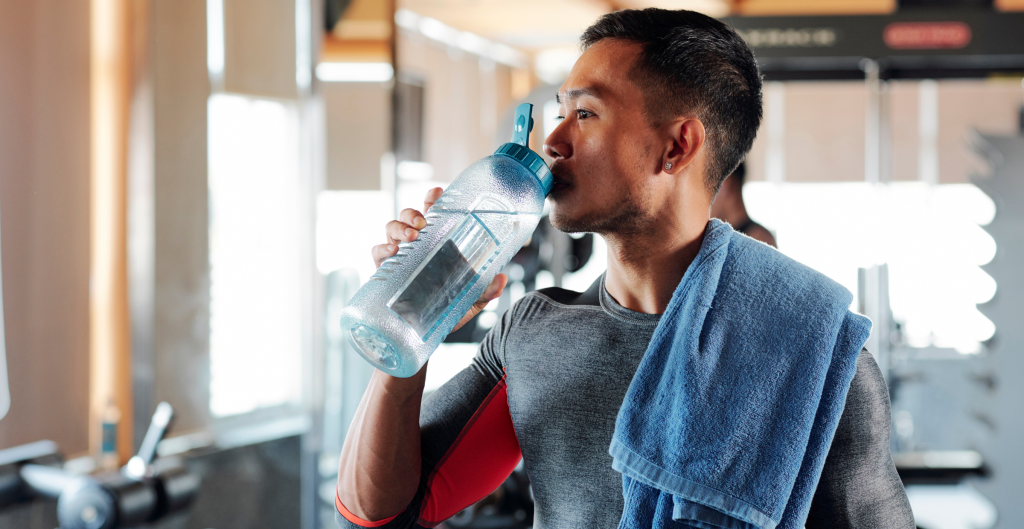
Change after a workout
This one might seem obvious, but changing out of sweaty or wet clothes immediately after the exercise should take priority. Don’t linger in your damp gear after a workout or a swim—the longer you wait, the higher the risk of chafing.
Exercise consistently
Strengthening the muscles in your inner thighs can sometimes help with chafing. The idea is that stronger muscles can improve your gait and stability, potentially reducing the side-to-side motion that contributes to thigh rubbing. It’s a long-term approach, but still worth considering.
Step 5: Heal chafed skin quickly
Sometimes, even after you’ve done everything right, chafing still happens. Maybe you tried a new route on your hike or got caught in an unexpected downpour and are now dealing with irritation and soreness.
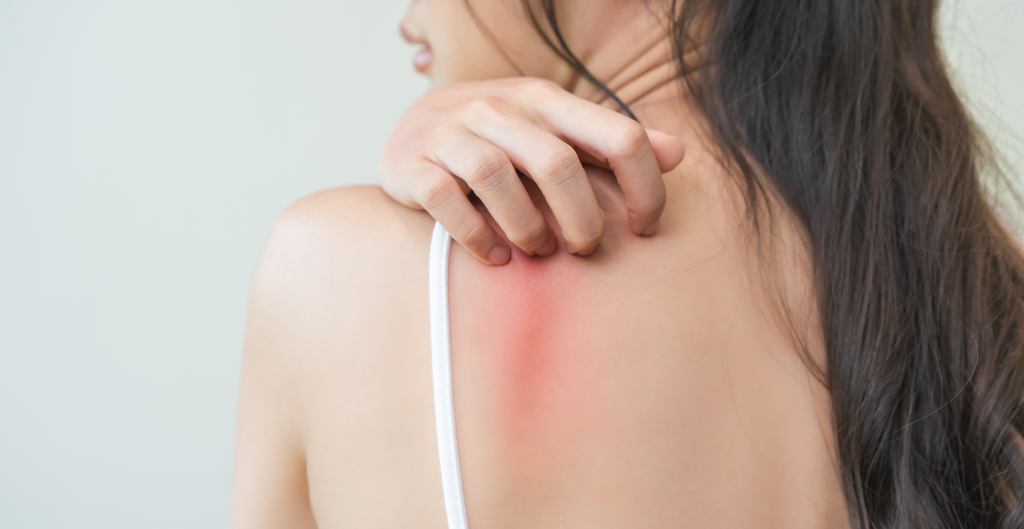
Here’s how to manage chafing and help the skin heal:
- Gently cleanse the area from sweat with lukewarm water.
- Pat the skin dry with a soft, clean towel. Don’t rub!
- Apply a cool compress for 10 minutes to soothe irritation.
- Use a healing ointment with zinc oxide, petroleum jelly, or aloe vera.
- Avoid further friction until the skin has fully healed.
Wrapping up
We’ve covered a lot of ground here. The ultimate takeaway is that learning how to prevent chafing is a personal journey, but you always come out on top by staying proactive. Don’t wait for the chafing to start; instead, take steps to help you prevent the soreness and irritation from ruining your day.
Track what works for you! Pay attention to the outfits that never let you down, adopt healthy habits, and choose skincare ingredients that work for you.
- Impact of water exposure and temperature changes on skin barrier function. (2022). https://pmc.ncbi.nlm.nih.gov/articles/PMC8778033/#sec5-jcm-11-00298
- Factors affecting the sweat-drying performance of active sportswear—a review. (2023). https://www.mdpi.com/2673-7248/3/3/22
- Skin diseases in long-distance runners. (2024). https://onlinelibrary.wiley.com/doi/full/10.1002/jvc2.613
- Zinc in dermatology: exploring its emerging role in enhancing botulinum toxin formulations and clinical efficacy. (2024). https://www.mdpi.com/1467-3045/46/11/717
FAQ
-
Where do I start with OnSkin?
Download the app and think of a product you’d like to know more about. Then, go to the main screen and choose how you’d like to get the info —by manually looking it up in the search bar, by scanning its barcode, or by simply taking a picture of the packaging. Once you’ve done any of these, you can see how safe the product is and if it suits your skin or hair (if this analysis is available).
-
What is Safety Rating, and how is it calculated?
In OnSkin, we base product rates on ingredients. Each is closely studied by our medical team and then evaluated. This way, each product gets a score from 0 to 100, with 100 as the safest level.
Safety Levels
- Excellent (76–100)
- Good (51–75)
- Not great (26–50)
- Bad (0–25)
These scores are backed by the latest scientific studies. You can find links to the resources we’ve used on each ingredient page. To assess the safety of product ingredients, we evaluate them according to the following parameters/criteria
- Endocrine disruption risk / Reproductive toxicity
Indicates the probability of mimicking, blocking, or interfering with the body hormones.
- Сarcinogenicity
Measures the potential risk of inducing cancer.
- Allergy risk
Estimates the probability of an allergic reaction.
- High concentration alert
Determines the risk of being unsafe in certain amounts.
-
What is Skin Match?
Based on the info you input about your skin type, age, skin care goal, and other “settings,” OnSkin checks how well a product is tailored to your unique skin needs — it’s basically like a dermatologist helping you find the right products, minus the fees and the long wait. The product you’re checking might be labeled as It’s a match!, Hit-or-miss, or Not a match for you. The app also detects ingredient groups such as Anti-acne, Anti-inflammatory, Moisturizes, May be drying, Comedogenic, and others — by tapping one, you see exactly what ingredients from this or that group are in the product.
-
I seem to have a problem with using the app. Who should I contact?
Please reach out to us at [email protected], and we’ll carefully look into your issue. Your ideas for improving the app are also very welcome!
-
Do you have an Android version?
Not yet! Hey Android users, we hear you, and we're thinking about making an Android version, but we haven't started the development yet.
Tracker Sent!
It’s on the way to your inbox.



